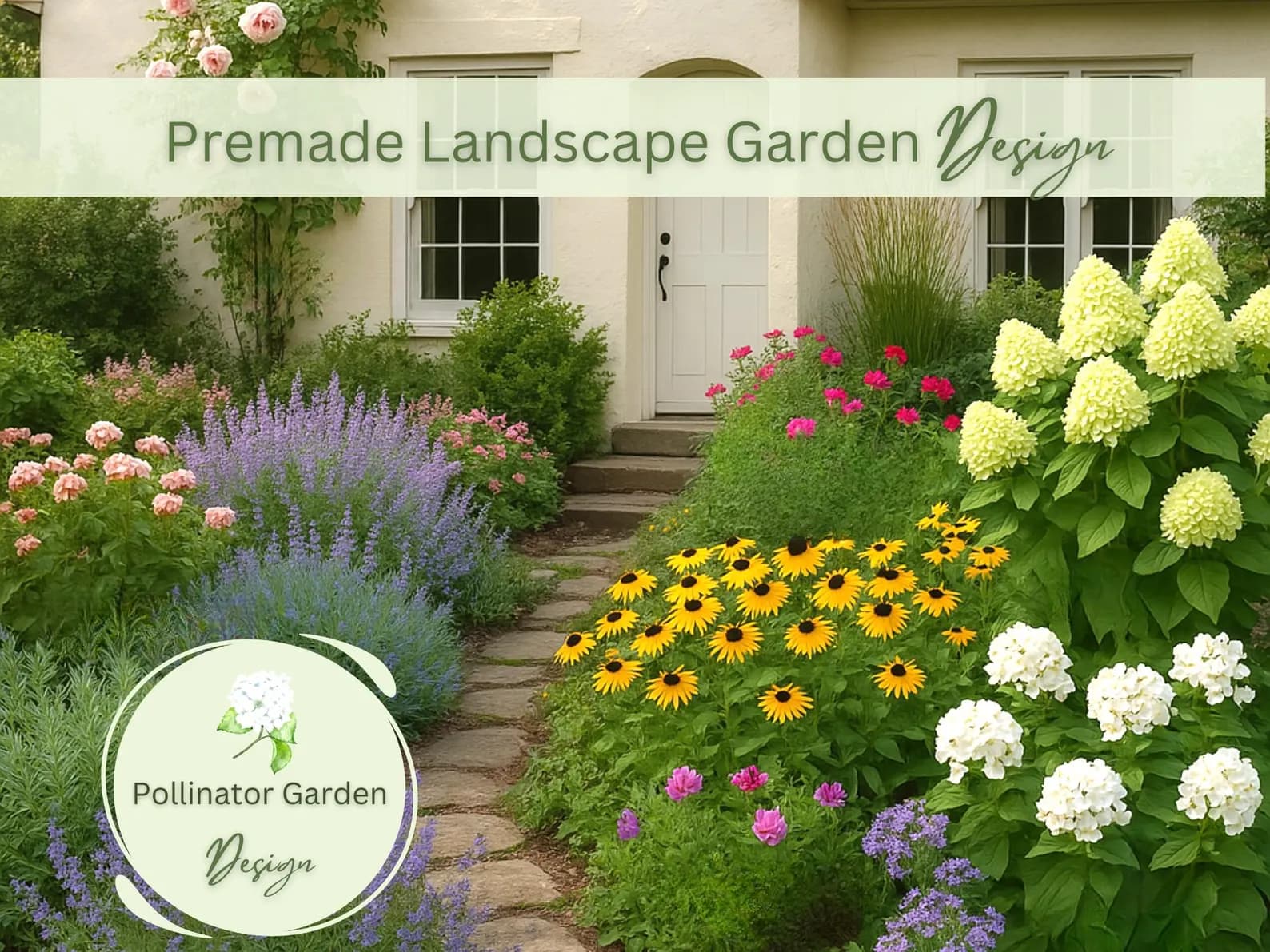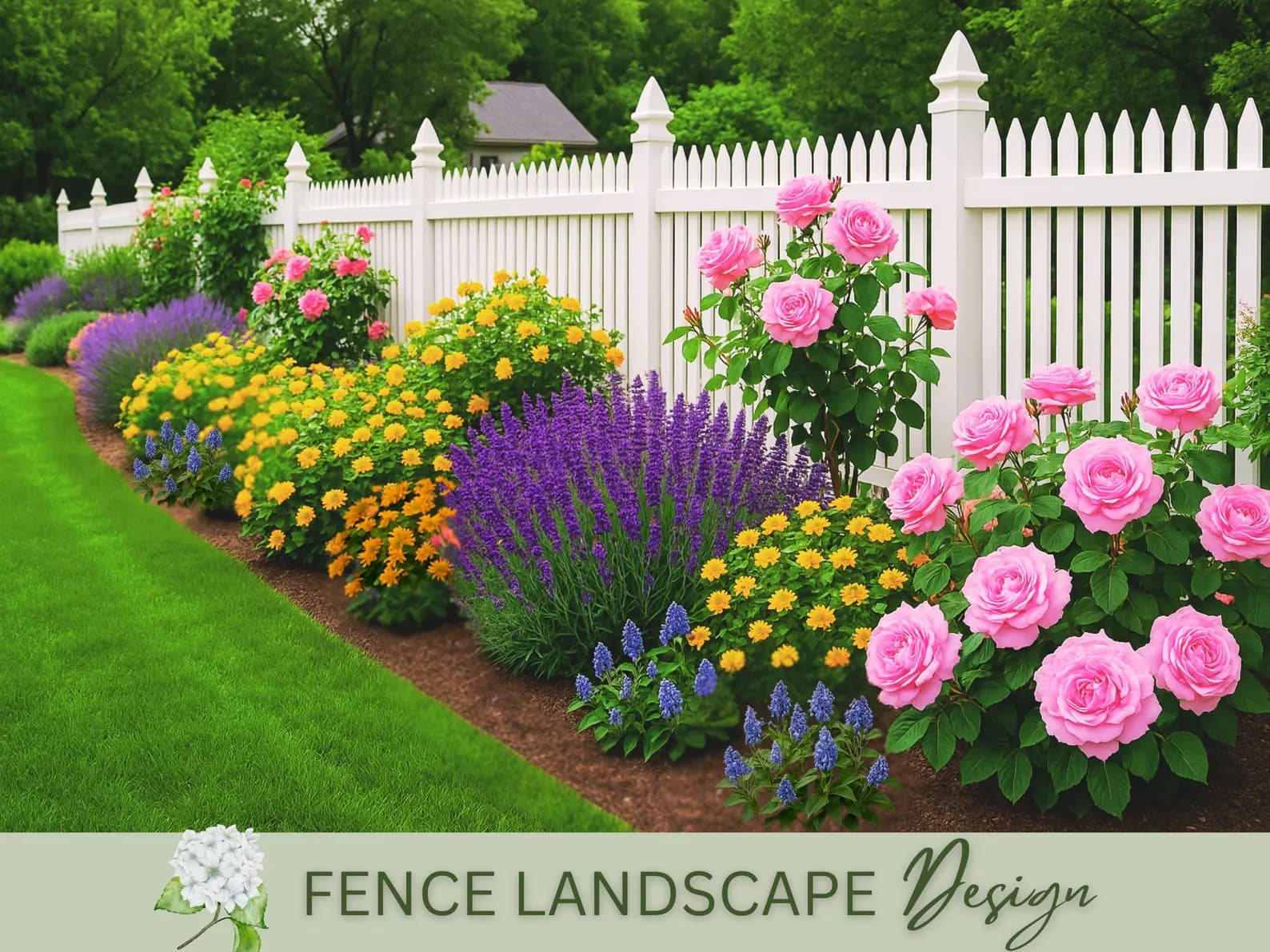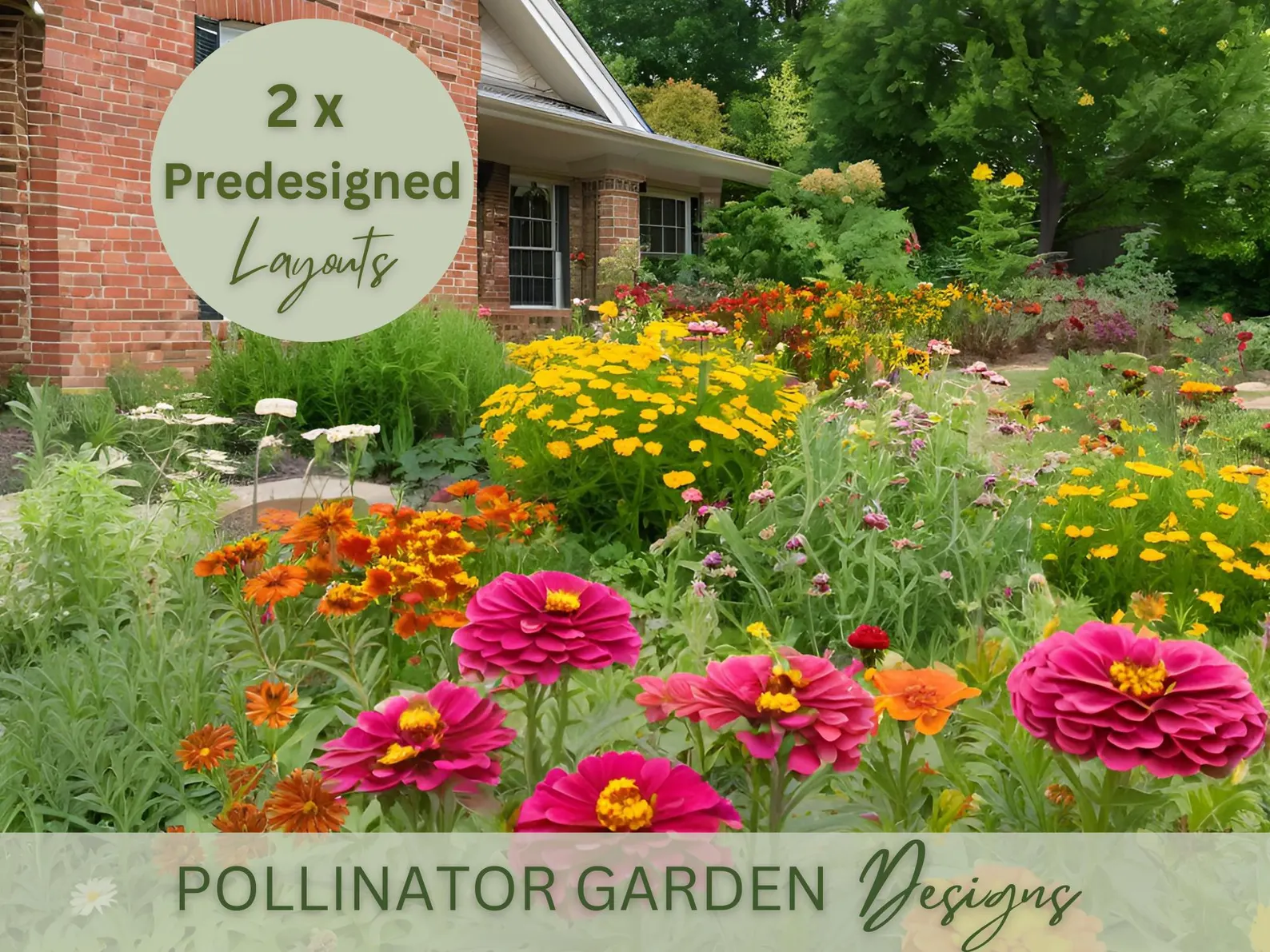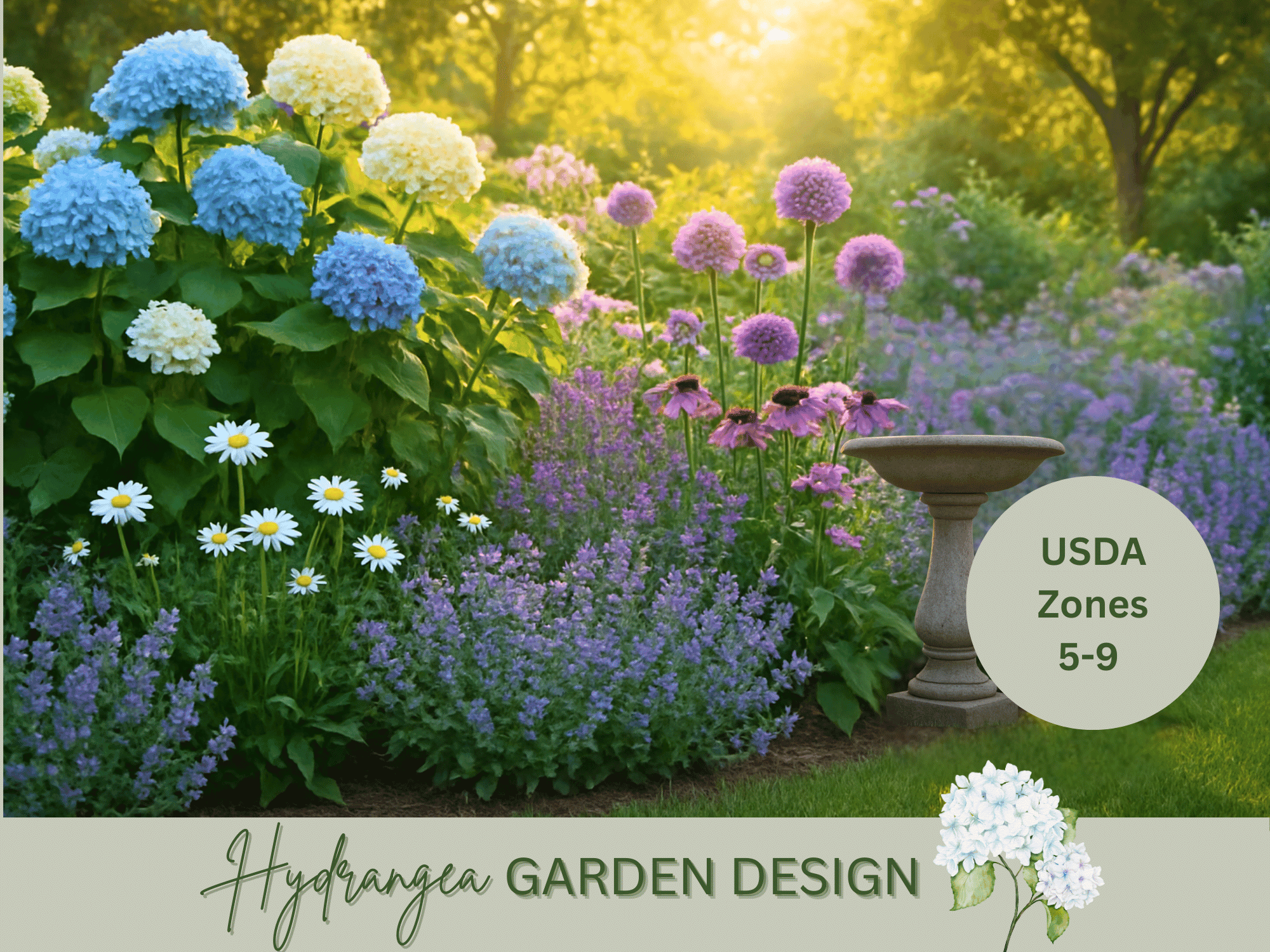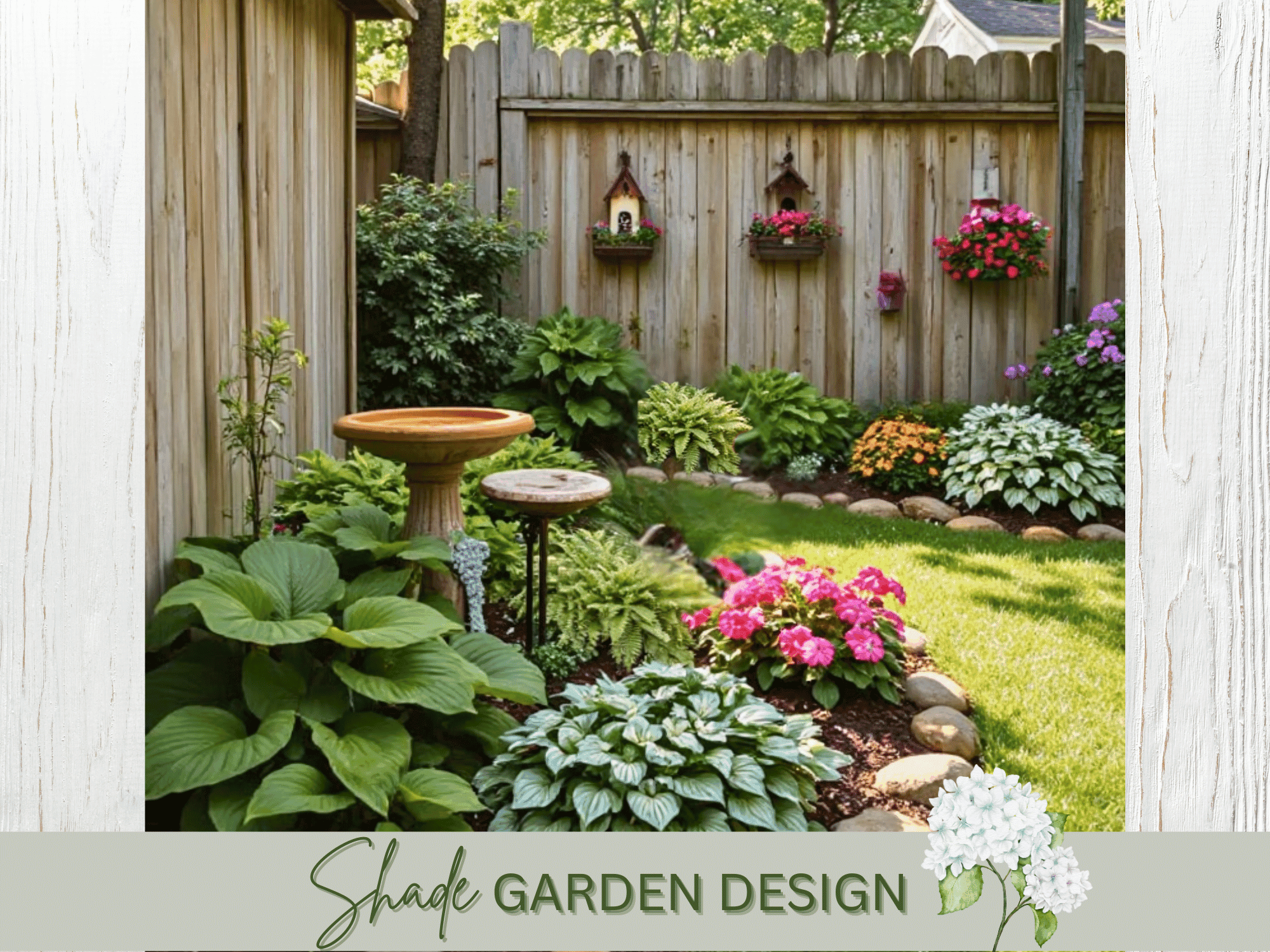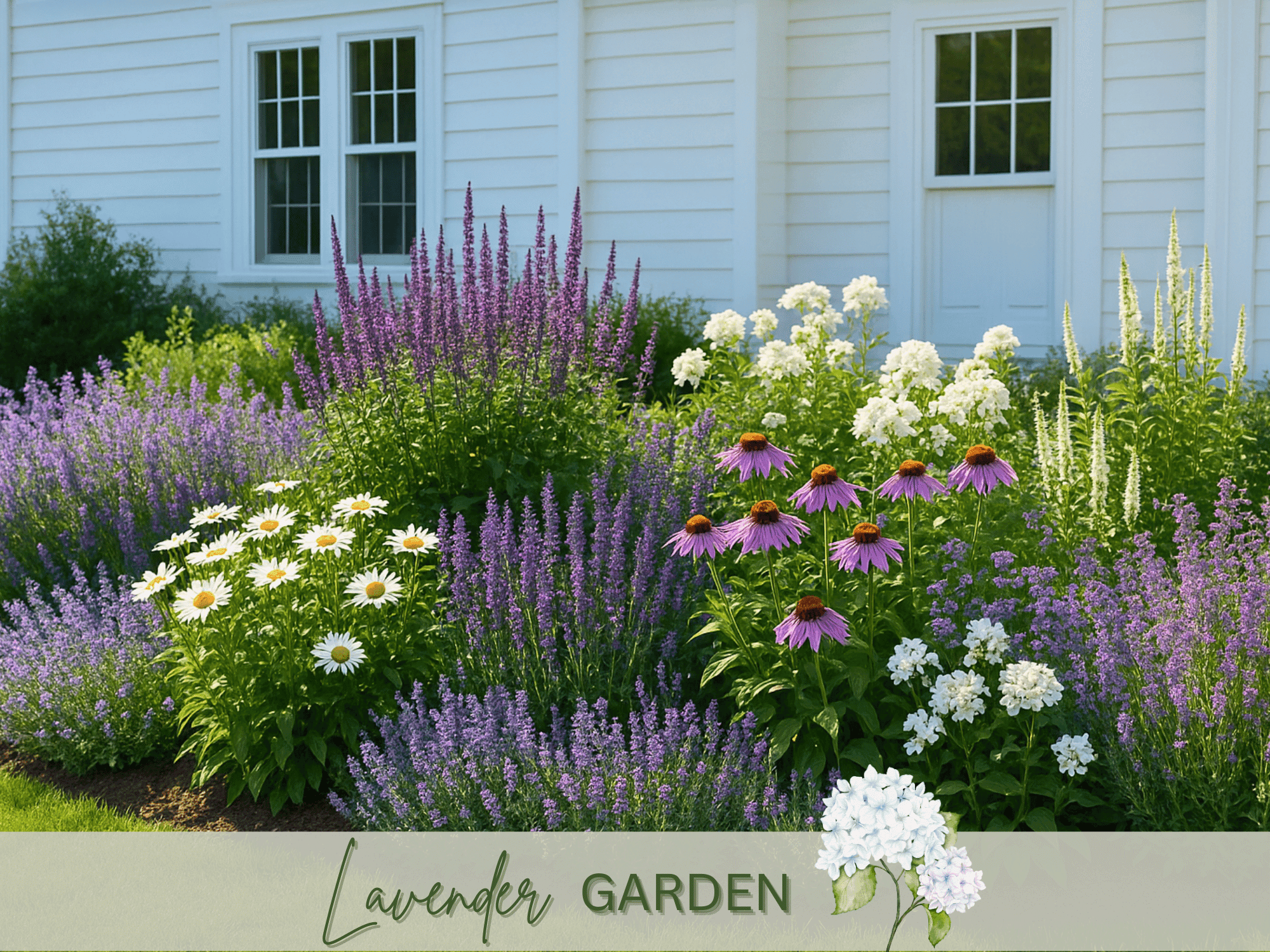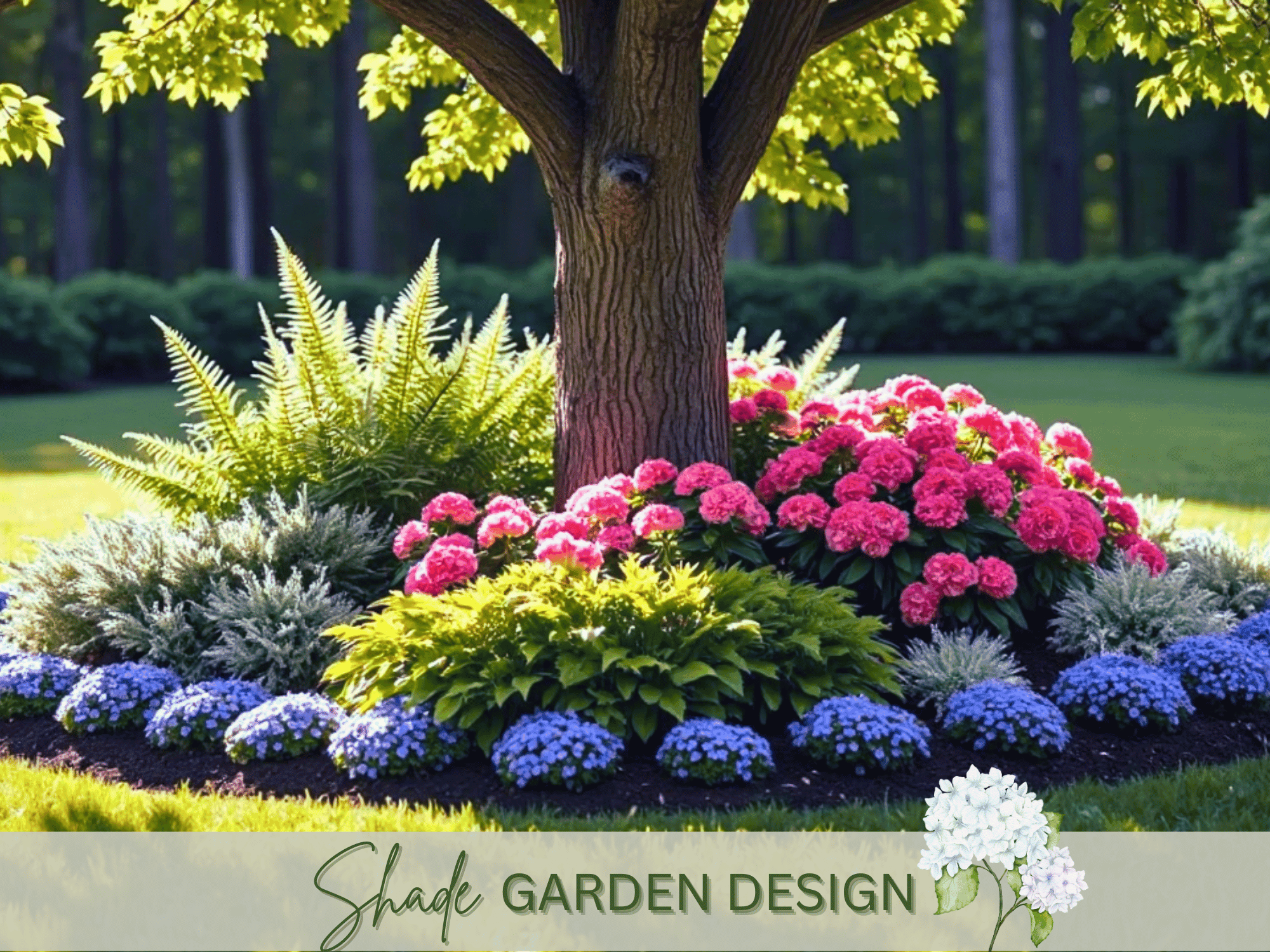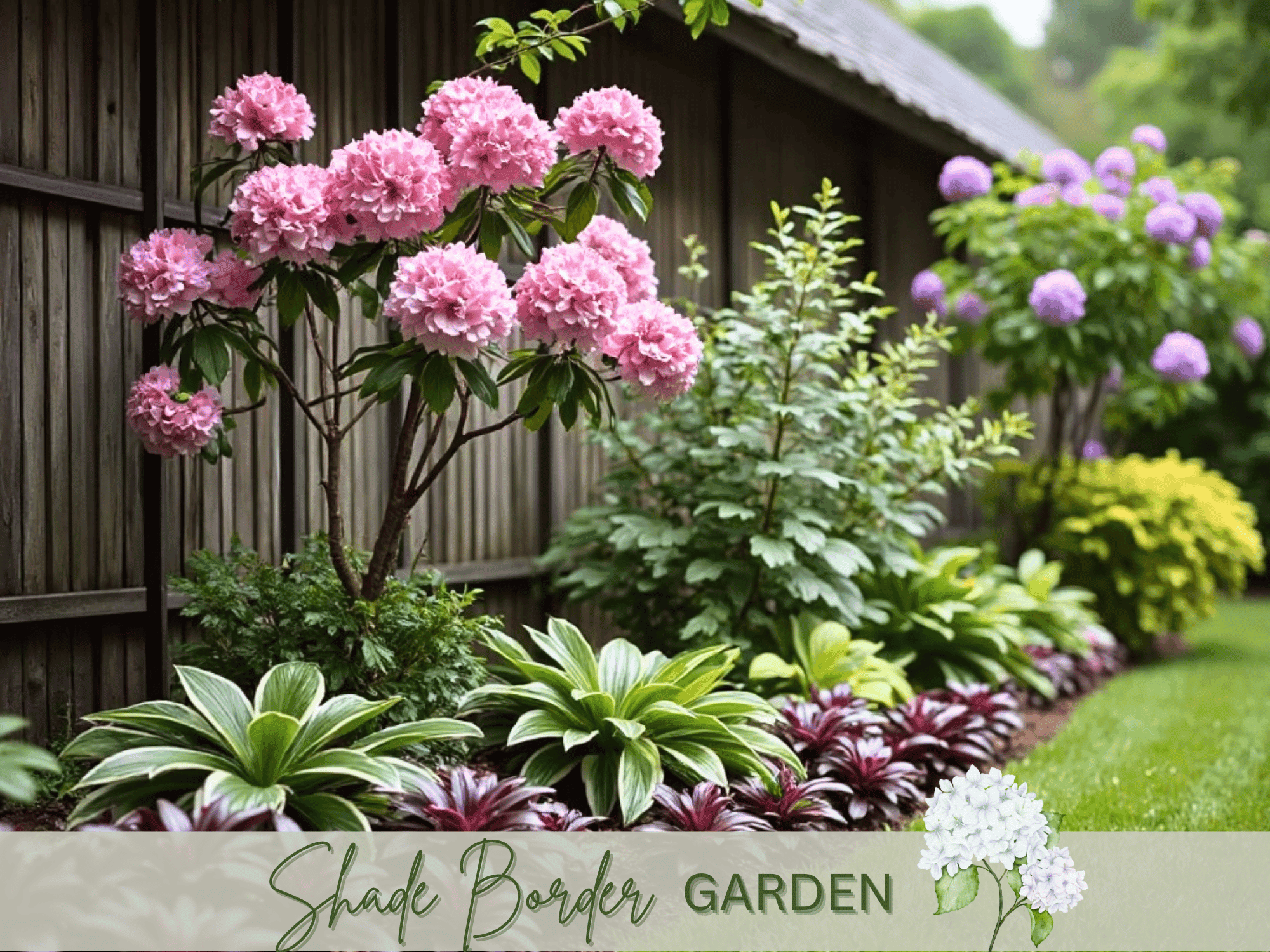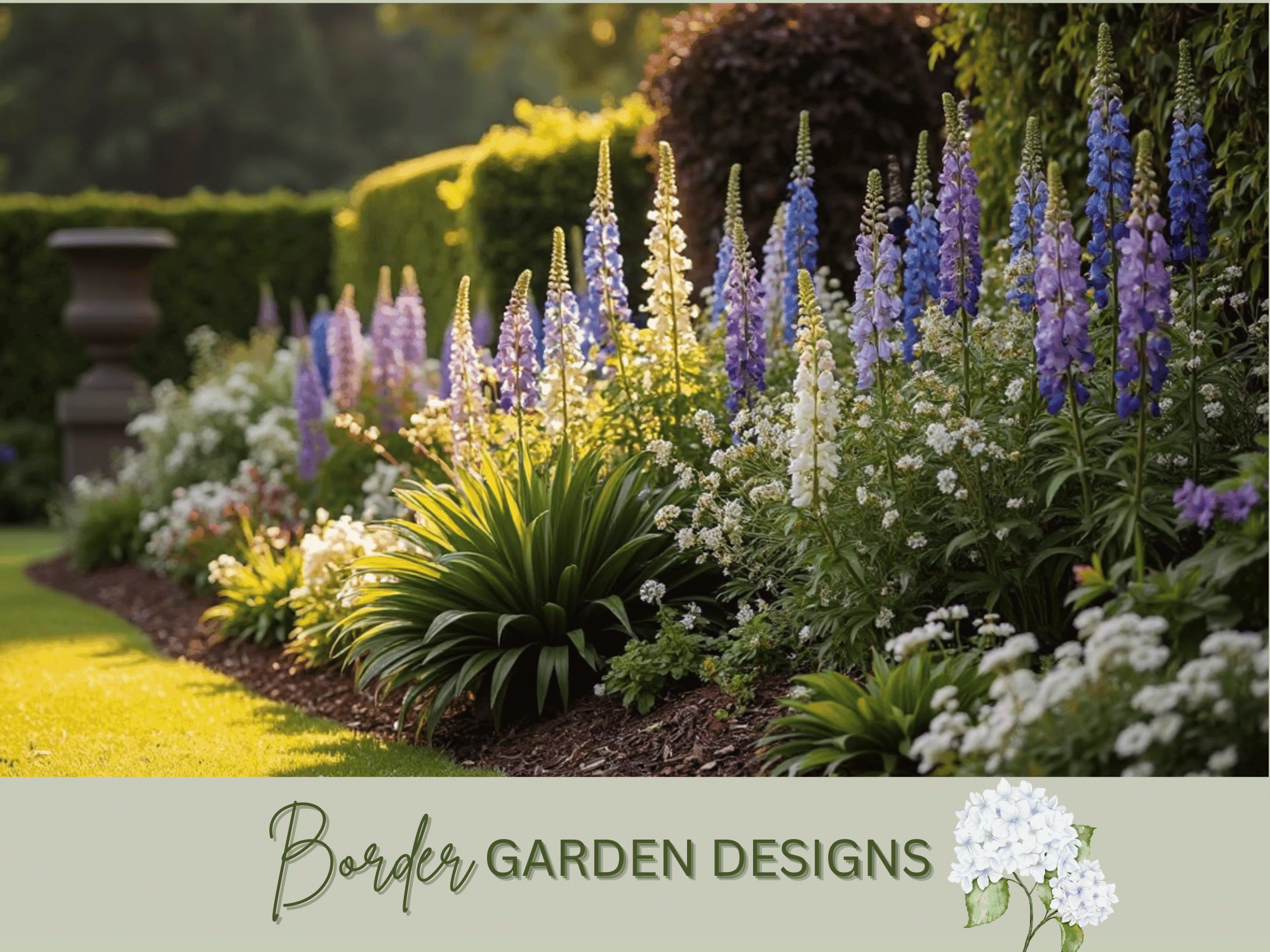What Is a Pollinator Garden?
A pollinator garden is a thoughtfully planned space that includes flowers, shrubs, and trees that provide nectar and pollen for pollinating insects such as bees, butterflies, moths, and beetles, as well as hummingbirds and other wildlife. These gardens are especially beneficial when designed with native plants, which offer the ideal food sources and habitat for local species.
Why Native Plants Matter
Native plants have evolved alongside regional pollinators and are naturally suited to your climate, soil, and precipitation levels. They require less maintenance, fertilizer, and water than non-native ornamentals and provide food throughout the growing season.
Benefits of Native Plants in Pollinator Gardens:
Higher nectar content for pollinators
Better resistance to local pests and diseases
No risk of becoming invasive
Seasonal beauty and adaptability
A favorite among native bees and butterflies, Echinacea is drought-tolerant and thrives in Zones 3–9.
Planning for Your USDA Zone
Selecting the right native plants begins with knowing your USDA Hardiness Zone. Here's a quick breakdown of zones and some popular native pollinator plants for each:
USDA Zone Suggested Native Plants
Zones 3–5 Wild Lupine, Bee Balm, Asters
Zones 6–7 Black-eyed Susan, Mountain Mint, Milkweed
Zones 8–9 Coreopsis, Gaillardia, Blanketflower, Salvia
Zone 10 Goldenrod, Firebush, Dune Sunflower
Tip: Use a mix of early, mid, and late-blooming flowers to provide pollinators with consistent food throughout the growing season.
Essential for Monarch butterflies, milkweed is a must-have for pollinator gardens in Zones 4–9.
Companion to Your Vegetable Garden
Pollinators are essential for the productivity of fruits and vegetables like tomatoes, squash, cucumbers, peppers, and melons. By planting a pollinator strip or border near your veggie beds, you'll improve:
Pollination rates (which means more fruit!)
Biodiversity in your soil and air
Pest control, as many pollinators are also predators of garden pests
Consider integrating herbs like basil, thyme, and dill, which double as pollinator attractors and flavorful additions to your meals.
Curb Appeal with a Purpose
Pollinator gardens can be designed to blend seamlessly with your front yard landscaping, providing:
Bold seasonal color from spring through fall
Movement and sound from buzzing bees and fluttering butterflies
A unique, eco-conscious conversation starter for guests and neighbors
Final Tips for a Thriving Pollinator Garden
Avoid pesticides and herbicides, which harm beneficial insects.
Provide a water source, like a shallow birdbath or small dish with pebbles.
Allow some natural spaces for nesting: bare ground, old logs, or undisturbed corners.
Deadhead strategically—leave some seed heads for birds in fall and winter.
By creating a pollinator garden, you're not just planting flowers—you're building an ecosystem. Whether you're a home gardener, vegetable grower, or simply want a more inviting yard, a pollinator-friendly landscape can transform your space into a sanctuary for both wildlife and people.

